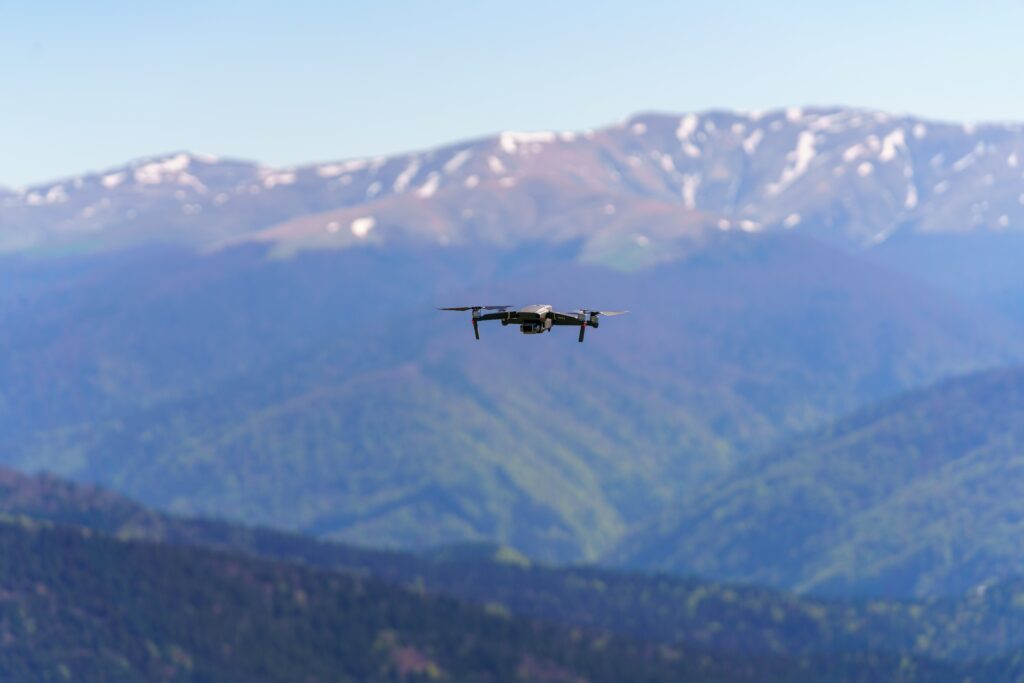Innovation in Action: How Drones Are Enhancing the Industry’s Safety

After some promising initial results in the use of drones for leak detection efforts across the upstream and midstream sectors of the natural gas industry, some natural gas utilities are piloting the use of drones as part of their leak detection and repair (LDAR) efforts. While the full benefit of drones to leak detection projects is difficult to quantify at this early stage, it is evident that they have the potential to revolutionize the way the industry addresses leaks, increase the scale and reliability of LDAR efforts, and improve safety.
Currently, the technology being piloted involves drones being equipped with a natural gas detector onboard that collects samples, measuring natural gas concentrations within those samples in parts per million (ppm) and correlating measurements to latitude/longitude coordinates during flight. Variances come from the different natural gas detection techniques: those that rely on laser or Light Detection and Ranging (LiDAR) technology to collect data, those that rely on infrared camera technology, or those that use a combination of both. With LiDAR technology, the light of a specific wavelength scans the target and is absorbed by any present natural gas. This process generates geo-registered imagery, which, when combined with advanced analytics and other data, creates maps of leak locations and emissions rates. The infrared camera technology creates two wavelengths of infrared energy with one active wavelength used for gas absorption and the other as a reference wavelength to compensate the output signal of the infrared detection system for the effects of temperature and humidity.
While the technology may seem complex, the use of drones requires little work or additional investment once acquired. After the initial cost and setup, in theory, the drone should be relatively low maintenance and able to produce precise data quickly. Existing leak detection methods are typically carried out on foot, on the road via vehicles, by helicopter, or with satellites. The mobility of drones eliminates accessibility challenges at sites with bridges, bodies of water, and dense vegetation. One firm, SPH Engineering, posits that its leak detection drones outperform foot searches by five times, even in risky or hazardous environments, without compromising the safety of staff or equipment. SPH Engineering also notes that most of the process automation allows for precise, repeatable surveys that provide more consistent and accurate data. The drones are more sensitive to small-scale leaks than previous methods and better at catching them early. By incorperating drones, utility workers are able to be faster and more precise in their important work ensuring the safety of critical natural gas infrastructure.
While leak reduction efforts by drone appear to offer advantages related to cost, worker safety, reliability, and time, some challenges need to be overcome as the technology is put into practice. Currently, drones are not as viable in the downstream sector or even parts of the midstream sector due to privacy and permit regulations. Additionally, there can be risks in mounting expensive equipment on a flying object, especially in the early stages of development, because any malfunction could be costly.
A considerable amount of research and innovation must take place for the use of leak-detection drones to become more widespread. As the technology continues to improve and users experiment with innovative ways to use it, drones have great potential to expand natural gas companies’ ability to undertake large-scale LDAR projects more accurately, in less time, and while maximizing safety and efficiency.